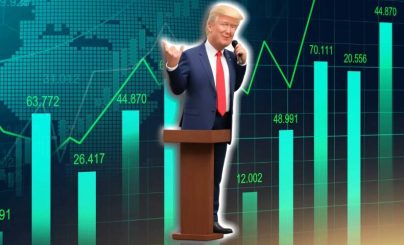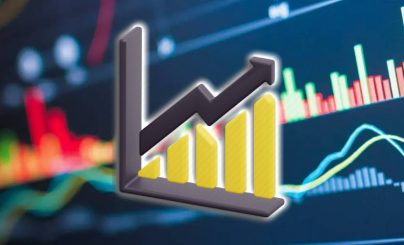According to analytics platform Kaiko, the correlation between bitcoin (BTC) and the U.S. dollar (USD) on a 60-day basis remains predominantly negative through 2024, averaging -0.2. This means that the prices of the digital coin and the dollar tend to move in opposite directions, emphasizing the crypto market’s growing independence from traditional currency fluctuations. Nevertheless, a temporary increase in correlation to positive values was observed in August, which was an exception to this year’s trend. This behavior of bitcoin makes it an attractive instrument for diversifying portfolios, as the asset is not tied to the dynamics of the U.S. dollar and can serve as a protection against currency risks. The negative correlation also suggests that investors are increasingly considering bitcoin as an asset-alternative, especially amid macroeconomic uncertainty.
However, analysts note that the upcoming U.S. elections could affect this correlation. A shift in the political situation and possible changes in regulatory policy could trigger changes in investors’ attitudes toward bitcoin and the dollar.
The
stable negative correlation may become less pronounced
. In addition, economic factors such as inflation, interest rates and the state of the US economy have a significant impact on USD dynamics. If the USD continues to weaken amid potential monetary policy easing, interest in BTC as a protective asset may increase. In such a case, the negative correlation between the two will persist or even deepen. It should be noted that this will not guarantee a stable bitcoin price, as cryptocurrencies remain a high-risk and volatile asset class.Author: Camila Russo is an experienced journalist with a focus on crypto news.
Misspelled text? Highlight it with your mouse and press Ctrl + Enter













